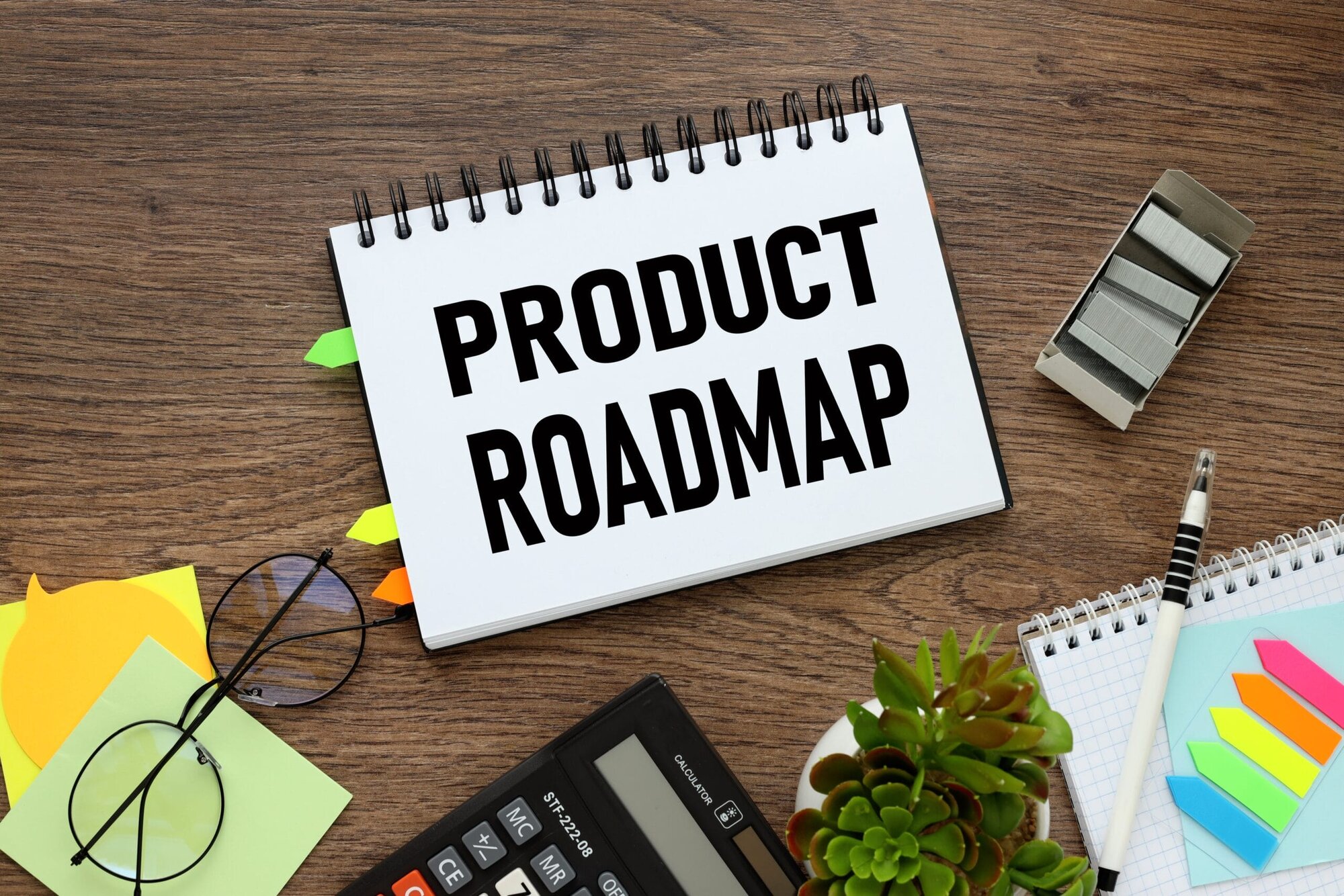In this ProductTank Tokyo talk, Amit Bhasin, Head of Product Division at PayPay, outlines the product’s journey and shares his key learnings throughout the building process. Watch the talk in full, or read on for a summary of his main points.
PayPay is a payment market leader in Japan. Ranked as the #1 free app on the Japanese app store, it has grown to over 44 million users and Amit demonstrates how it got there:
- Phase 1: Build at speed
- Phase 2: Build for scale
- Phase 3: Build a platform that enables both
Phase 1: Build at speed
Amit divides his talk into three phases.
Phase 1 happens between the pre-launch and first major campaign. His advice in this phase is to “build at speed”, as he says “you are creating something new and you want to create it fast”. When building, Amit recommends going back to the basics and asking what it is that we absolutely need right now, and then move towards building that product.
It is important “to think forward throughout” he says, you must consider what will happen in the future and the complexities you might face, rather than focusing all your attention on the immediate launch.
Amit’s key learnings throughout this phase were:
- Build a user journey on what is absolutely necessary
- Structure the product into smaller milestones
- Have a technical architecture that can support parallel development
- Know how the product might extend in future
- Finish fast and review the basics
Phase 2: Build for scale
Amit’s second phase, build for scale, takes place between the first major campaign and the first anniversary campaign. During this phase, he says “the trust of the user has to be won” in order for the product to grow. For this to happen, he gives the order of prioritisation when building the product platform:
- Security
- Stability
- Quality
- Performance
- Features
Amit tells us that while you may want to focus on features, the other 4 areas must take precedence. His key learnings during this phase were:
- Identify the user pain points and what feature can help solve it for most of the users
- System scaling needs dedicated time and effort
- It is a multi-year ongoing effort
- Have back-up plans
- This back-up plan also has to be a good user experience
- Always have empathy for the user
- Think about the ecosystem
- If any player in the ecosystem is not working, for users the product is not working
Phase 3: Build a platform for speed and scale
Amit’s third phase takes place after the first year campaign. Amit says in this period, “look into the numbers and all the different facts, a lot more can then be created out of your product platform once you have the basics of it”. He outlines the challenges PayPay came across in this phase, such as how to ensure consistency with mini apps, working out if users would be interested in all services and how to empower merchants to engage with users. His overarching point when answering these questions, was that “once you move towards a product platform strategy, personalisation is key”.
To build a platform for speed and scale, Amit's final piece of advice is to remember that “creating a platform is a constant process across product management, tech and design” and all three areas must come together to design and coordinate.
His key takeaways from this final phase were:
- Create frameworks that are powerful
- User cases are important, but build them with a platform product in mind
- Platform products are not just a technical task, it needs equal involvement from design and product managers
- With more services, discoverability and personalisation become more important
- All platform products are not APIs, some of them enable end users to achieve more




